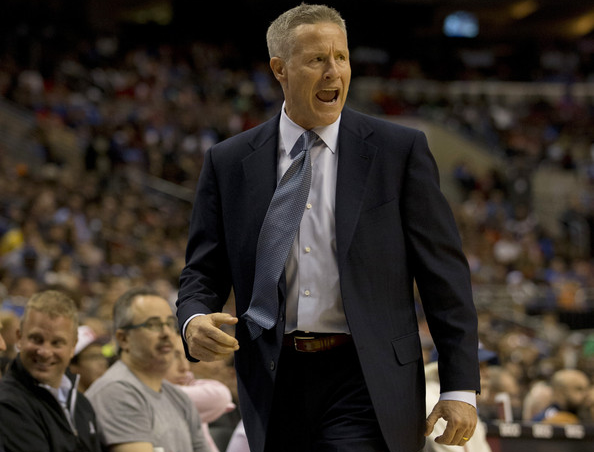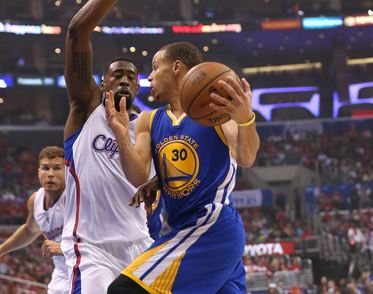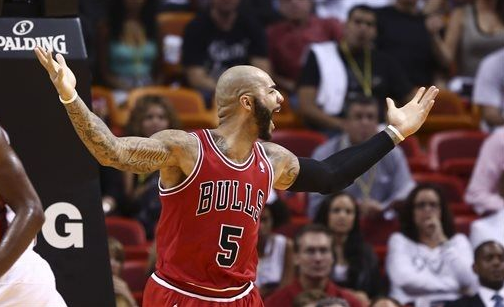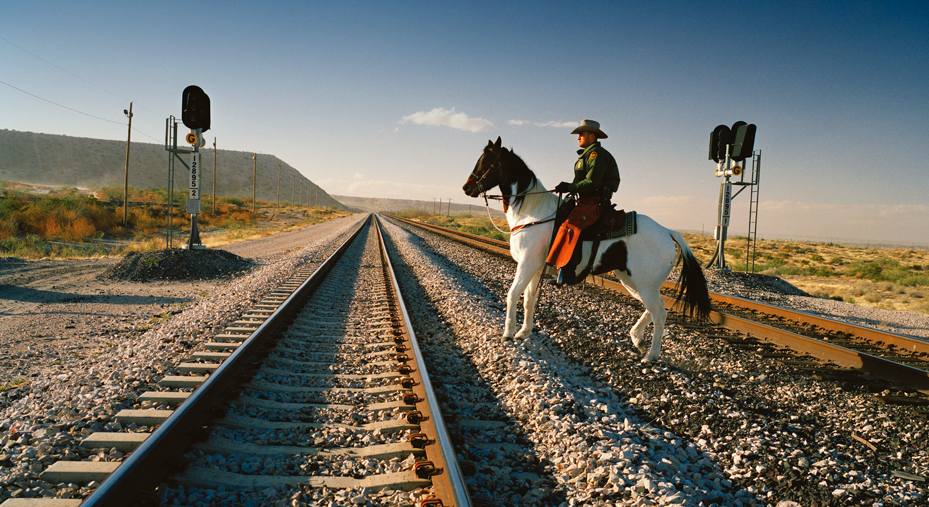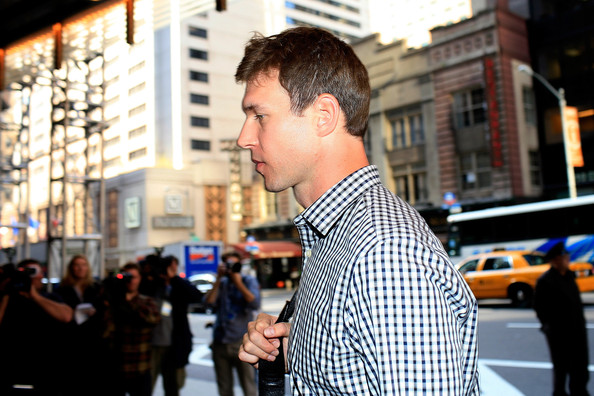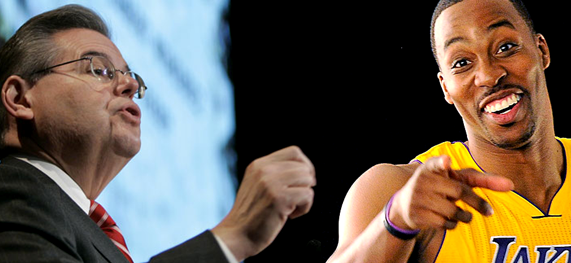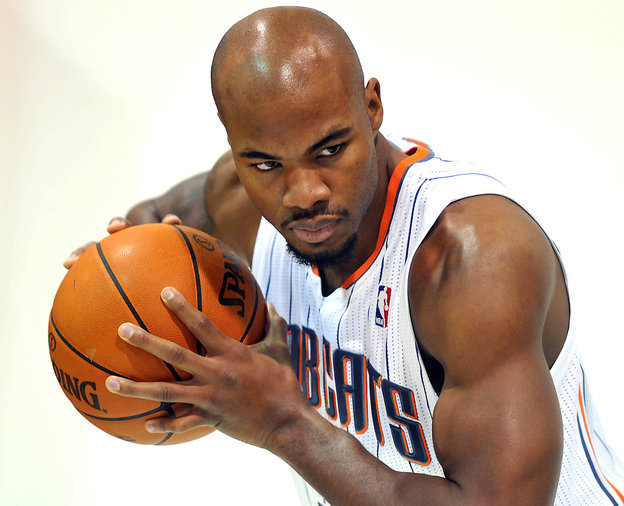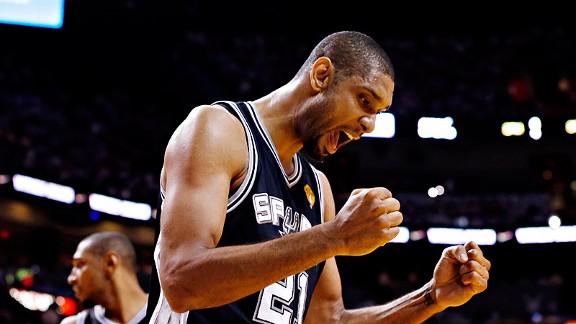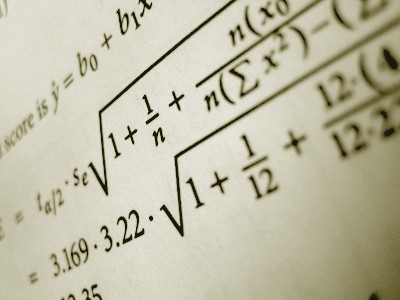Sympathy for the Devil: Relating to Andrew Bynum
Posted on Fri 08 November 2013 in Uncategorized by Aaron McGuire

By now, I'm sure most of our readers have read the Richie Incognito story. It's taken an expanse of media real estate over the past few days, for good reason. I'm not erroneously referring to it as "the Richie Incognito story" rather than the Jonathan Martin story, either. While stories about bullies certainly center around the response the victim has to the bully-at-large, we tend to over-emphasize the victim in all stories of assault and treat the perpetrator as an outside factor, much like storytellers treat the weather. Sure, we'll mention a raindrop or two, but the weather is as close to an uncontrollable act of God as you can get in this great world of ours. Remarkably, this frame of reference is often applied to assault -- we overanalyze the actions of the victim as we search around for the tiniest things a victim could've done to get out of their situation. "Stand up. Speak out. Don't walk there. Don't live here. Get better friends." Et cetera, et cetera. The issue is, this viewpoint necessarily treats the person who's actually in-the-wrong as though they're devoid of responsibility.
After all... do you blame a few raindrops when an unexpected downpour floods your car? Do you blame a snowflake when snowfall kills your vegetable garden? And, thus: do you blame a bully for acting out when it "would've happened anyway?" Hence the problem. All that needed to happen for this particular instance of assault to stop was for Richie Incognito to realize he was being an ass and take a step back, instead of stepping further and further out of line. It wouldn't have mattered what Martin did if Incognito had simply stopped being such a twat. While you can make the argument that the NFL's hazing culture is such that it would've continued happening even if Incognito threw in the towel, that has little to do with the facts of the case and more to do with the seedy facts of NFL hazing. It's a useful discussion, but a markedly different one. And it's also, regrettably, far more difficult to prove. The facts of this case are actually rather simple. Incognito had an easy way to stop psychologically tormenting his teammate. He didn't.
This isn't some "everyone's at fault, look at how society reared him, Incognito is a reflection of his zeitgeist" pablum -- it's an incident where one party had an incredibly easy way to fix things and simply ignored it in favor of being a psychopath. Hence, it's the "Richie Incognito story" -- it's a story about an prick being an prick who deserves to be treated like one. The victim is less pertinent to the case than the one who had the easy ability to stop it. They're the one that should be pilloried, overanalyzed, and made to answer for their overreach. And so it goes. Having said all that, I don't really intend to talk about that case today. I'm actually more focused on an NBA player that the Richie Incognito case inadvertently reminded me of.
Andrew Bynum!
Now, let's take a step back. No, Bynum's sins aren't quite at the psychological torture level of Incognito's answering machine message. At least not that we know of. But years of play has made a point we really should probably pay more heed. Andrew Bynum is, in most definitions of the term, something of a bully. Think back to the 2011 playoffs, where Bynum essentially tried to kill J.J. Barea only to later state that he wasn't sure what the big deal was. Classy. Bynum has enough dirty hits -- see this, this, or this for examples -- to compose a highlight reel entirely built of dirty career-threatening plays. The man is a 7'0" behemoth with nearly 300 pounds of muscle on his frame. It's one thing if Muggsy Bogues has a highlight reel of hits. That's just funny. (Seriously, can someone make that highlight reel? I really want to see it.) Andrew Bynum's highlight reel is filled with scary, scary plays where a jackhammer of a man nearly ends a variety of smaller players' careers. Not exactly Mother Teresa.
And then you get off the court, where Bynum's transgressions are given more depth. Bynum doesn't (or, as I'll later note, didn't used to) care about the game of basketball all that much. This makes his dirty, scary fouls even more befuddling. Why threaten the livelihood of others for a game you don't really care much for? When Carl Mays killed Ray Chapman with his spitball, the only mitigating factor you could really give was that Mays cared about baseball too much, and his semi-psychotic will to win drove him to play dangerously enough that murdering a player with his throwing arm was an ever-present possibility. Bynum has never made a public statement that would imply anything close to that, instead stating a clear preference for the finer things in life (his engineering pursuits, playboy bunnies, and fast cars among them). That's not a big deal in a vacuum, and respectable in its own way. But not quite so much when you indiscriminately throw your weight around and put your fellow NBA players in danger. By all accounts, Bynum is sort of a jerk in his personal interactions too -- parking badly in handicapped spots, driving over a divider to the wrong side of the road to pass someone going the speed limit, and is (evidently) the worst neighbor in recorded history. All in a season's work for the big guy.
And yet... after reading Bynum's recent interview, I come away strangely sorry for him.
“Retirement was a thought, it was a serious thought. It still is,” Bynum said after the Cavs practice Thursday at Temple University. “It’s tough to enjoy the game because of how limited I am physically. I’m working through that. Every now and again I do (think about retirement)…It’s still career threatening. I’m a shell of myself on the court right now. I’m just struggling mentally. ... I just want to be able to play without pain and find the joy again,” Bynum said. “Right now I’m battling pain and it’s annoying. I’m not able to do the things I’m used to doing and it’s frustrating.”
Admittedly, it isn't the end of the world. The effectiveness of an NBA player waxes and wanes with age regardless of who it is. Injury speeds up that aging timeline in a very uncomfortable way, but it's not like Bynum instantly transformed from an eternal font of vigor and health into something he was never going to be. At some point in his career Bynum was going to be physically limited by age and a loss of athleticism. He was never to be the NBA's first immortal player regardless of entering the league as impressively young as he did.
But there's also another side to Bynum's not-being-psychotically-interested-in-basketball. Unlike, say, Duncan or Bryant or Nowitzki, Bynum isn't some intensely obsessed basketball demigod who's made his mark on history and is bouncing back from the grave as much out of his legacy's momentum as a personal calling. His non-obsession with the game makes his ongoing recovery from injury that much harder. As he said, basketball used to be fun, if only just. Have you ever been deathly ill but had to go to work anyway? Have you ever tried to help a friend move after spraining your ankle? If you haven't: try to avoid both. They're awful situations and they suck for everyone involved. Trying to do something you don't quite love while you're physically prevented from performing at your best is something most people have experienced. And most people agree: it really really sucks.
So, regardless of Bynum's myriad personal faults and the bully-centric undertones he's given off over the years, I find myself actually feeling pretty bad for the guy's current position. He's trying to have fun in the game, and he's trying to ward off thoughts that he isn't good enough to keep going. The trope of the wayward bully who becomes a sympathetic character after reaching a moral quandary is well-worn. But it's a trope for a reason: trials and sadness bring out the pitiable sides of even the hardest bullies, and Bynum has always been more of a devil-may-care jerk than one who's actively trying to make people's lives worse. Hence, as situations arise where Bynum is struggling through loss of self-worth and possibly career-ending mental blocks, it's hard not to feel bad for the guy. Feeling like you're a shell of yourself isn't a feeling I'd wish on anyone, even a guy who's been utterly intolerable in the past. If you'd told me a few years ago that all it would take would be a single sad interview and a few games of "Bynum struggling up and down the court" game tape for me to stop being judgmental and disenchanted with Bynum's game, I'd have told you you're crazy. When a bully is being called to task for their actions it's hard to imagine EVER being positive about them again.
But they're human, with struggles and trials all their own. And in the long run, try as we might to demonize the bullies, sympathy tends to win out. Which -- to circle back around -- makes all the focus on the victim in the Incognito case even more confounding. After all: we're probably going to forgive Incognito en masse in the long run anyway. It's how we are. So why NOT focus on his awful behavior while it's the reason he's on our minds? Why are so many willing to give him the benefit of the doubt as a non-responsible product of his environment and take Martin to task instead? If only we knew.
